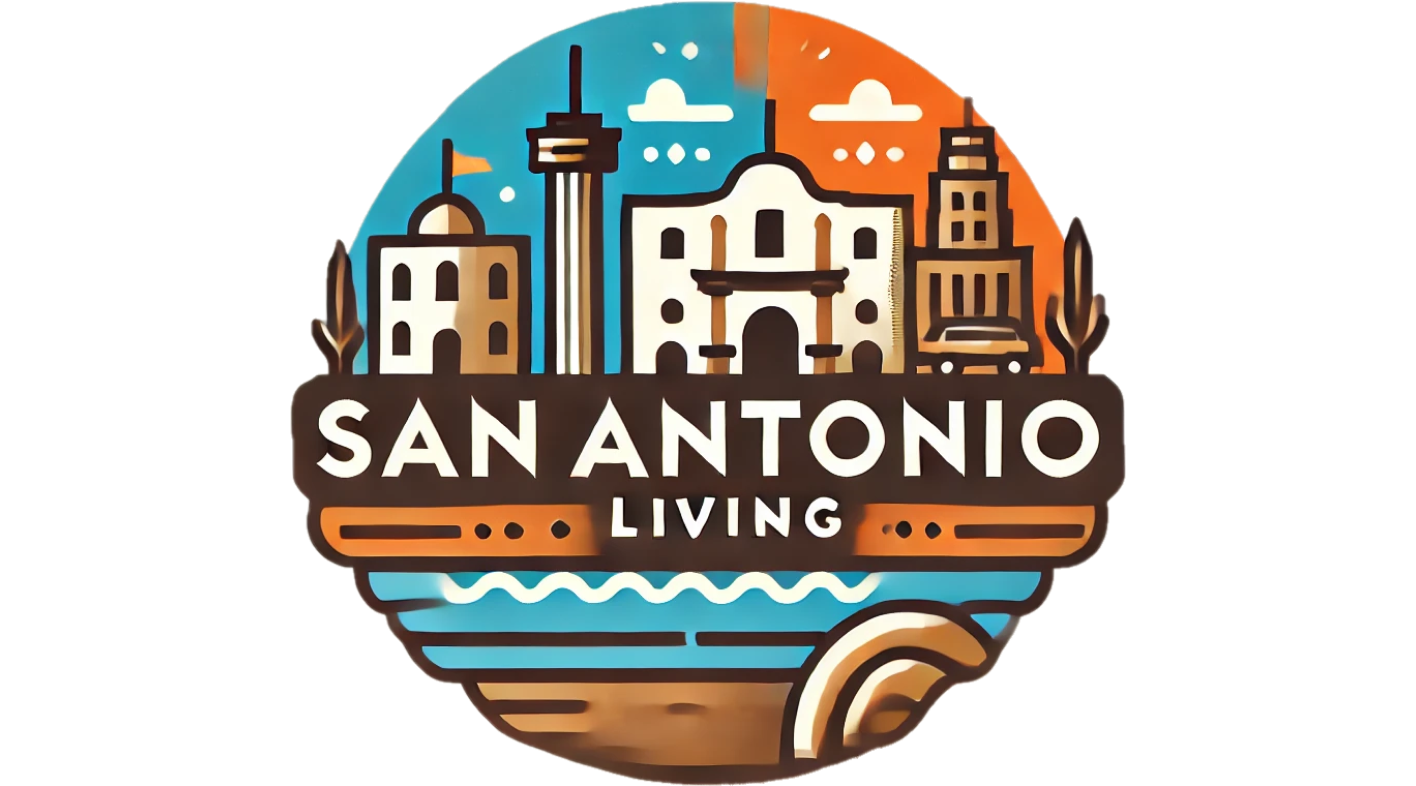
Unlocking Brain Youth Through Creative Hobbies
In a world where stress and responsibilities often overshadow our passions, engaging in creative hobbies is more than just a fun diversion; it’s a critical component for maintaining a youthful brain. A recent study involving over 1,400 participants has revealed that creative activities such as painting, dancing, and playing music not only enrich our lives but can also slow down the aging process of the brain.
The Science Behind Creativity and Brain Aging
Researchers utilized innovative tools, known as “brain clocks,” to compare the actual ages of people’s brains with their chronological ages. Their findings were striking: both expert and novice creatives exhibited younger brains than expected due to their engagement in creative pursuits. On average, expert creatives had brains that were five to seven years younger than their chronological age. Interestingly, even beginners who dedicated time to learning a new skill, such as a video game, displayed brains two to three years younger after only a few months of practice.
A Closer Look at the Benefits of Creative Hobbies
But why does creativity have such profound impacts on brain health? The researchers pointed to increased communication between brain regions as a key factor. For instance, creatives showcased greater connectivity in areas of the brain responsible for memory and decision-making. This enhanced connectivity not only supports faster processing of information but also aids in organizing thoughts and may protect against conditions like dementia, particularly in vulnerable brain areas like the prefrontal cortex and hippocampus.
Choosing Your Path to Creativity
Embracing creativity doesn’t require a background in the arts or hours of daily practice. Instead, it’s about the joy of creation itself, whether that means crafting, cooking, or even learning a new language. Agustín Ibáñez, a lead researcher, emphasizes that it’s crucial to engage in activities you genuinely enjoy, as this leads to more focused and sustained effort. A mere 30 minutes of creative activity once a week can yield benefits comparable to those obtained from regular exercise.
The Emotional and Psychological Gains
In addition to the cognitive benefits, engaging in creative hobbies also allows for emotional expression and can reduce stress levels. Activities that stimulate our imagination and creativity encourage mindfulness, helping us to navigate the complexities of life with more ease and resilience. Dr. Ibáñez articulates how these creative outlets contribute not only to brain health but also to overall emotional well-being, a fact that's increasingly recognized as essential for living a balanced and fulfilled life.
Bringing Creativity Into Your Life
For those concerned about fitting another task into an already busy schedule, it’s important to remember that these activities can serve as essential self-care practices. Integrating creativity into daily routines, such as family activities, can enhance connections and foster a shared sense of accomplishment. Consider organizing family art nights, cooking themes, or even gardening projects that everyone can partake in.
Final Thoughts: Prioritizing Creativity for a Fulfilled Life
Ultimately, allowing creativity into your life isn’t just an antidote for stress but a pathway to sustaining youthful energy in your brain. So, whether you’re learning a new culinary skill or picking up that paintbrush you put aside ages ago, remember, the act of creation itself can pave the way to a healthier, happier life. Embrace your creative side and nurture it regularly – your brain and soul will thank you!
 Add Element
Add Element  Add Row
Add Row 



Write A Comment